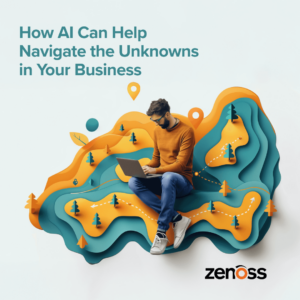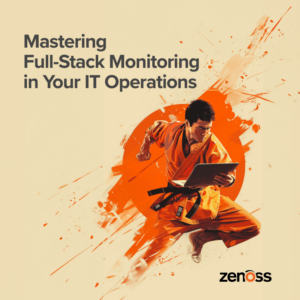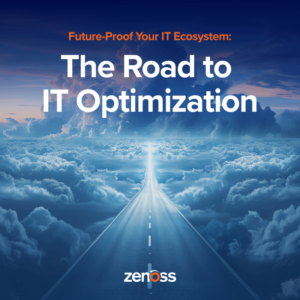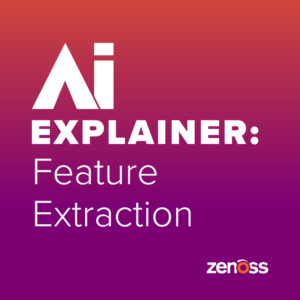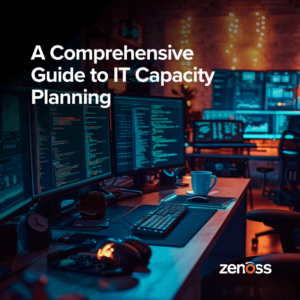A few weeks ago, I spent two hours of my Saturday the same way many Americans did – sitting in a theater with my daughter watching a movie about Danish toy building bricks. Yep, Legos. Lego has taken “integrated marketing” to a whole new level –TV shows, books, and now a movie all which, while very fun on their own, are working to sell more toys. Sort of fitting, given that the whole idea behind Legos is their integrated brick system – every brick in every set can connect with any brick in any other set.
This got me thinking about one of the more critical issues facing our customers today – supplying availability and performance monitoring to new services and infrastructure. What they want is a Lego-like solution – you take your monitoring and snap it into place for whatever “new thing” comes along. Unfortunately, in reality what most companies deal with is a client/server nightmare.
Monitoring VMs in Motion - Why client/server frameworks can’t be the answer
Enterprise management framework offerings from the Big 4 management vendors – BMC, CA, HP, and IBM – were architected in the 90’s to monitor static, distributed client/server infrastructure. As the pace of technology innovation accelerated in the new millennium, these solutions couldn’t keep up with dynamic virtualized or cloud systems.
It makes perfect sense. If a server sits quietly in a rack and doesn’t move, it’s a lot easier to keep tabs on its availability and performance. If all of a sudden that server is filled with 20 VMs that can be provisioned, de-provisioned, or moved at any second, that makes it a little harder. If those 20 VMs are one of 20,000 VMs in a cloud-hosted datacenter, that makes it even harder. A solution built to watch something static simply can’t go through the contortions necessary to follow that level of activity. It will always be looking for one server sitting in one location.
There’s integration, and then there’s integration
Of course, Big 4 vendors quickly realized they couldn’t meet the needs of these new dynamic environments. They also determined it would take too long to re-architect their entire framework (if that was even possible), so instead, they went out and acquired companies that could address virtual and cloud-based infrastructures. They hastily integrated these acquisitions via marketing slicks and sales presentations and – poof! – a complete solution was born.
But here’s where the real problem comes in – the interpretation of what integration actually means. When most people think of integration, they think of something like the Lego example – you have two different sets, but they fit neatly together as part of a new whole. Integration for the Big 4 is more like scotch tape – you make it sort of fit together, it falls apart a lot, and you spend a lot of time trying to tape it back together.
Why is this the case? The answer is simple: revenue. There is simply no revenue opportunity for the Big 4 in building solid integration between their myriad acquisitions. First, going back to the client/server architecture, it would take thousands upon thousands of man hours to figure out how to fit acquired solutions into their client/server framework. It’s just too much trouble for them – and so they pass the trouble onto you the customer. Second, “integration” isn’t a line item on their sales sheet for which they can charge a product licensing fee. The sales guys need something to sell, and when it comes to integration, they’ve found that in the form of high-priced integration professional services.
Learn More About Unified Monitoring
Where client/server-based monitoring fails, that’s where unified monitoring steps in. Our customers use Zenoss Service Dynamics to replace outdated framework solutions or augment them so that their underlying components become useful in modern infrastructures. In other words, we make all the Legos fit together.
If you would like to learn more about how Zenoss customers have leveraged Unified Monitoring in place of a Big 4 framework, check out our Customer Scenarios white-paper or this webinar.



